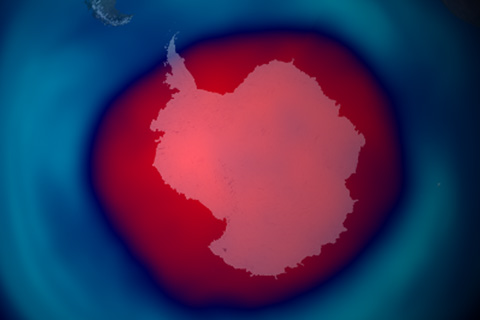
Thanks to an unusually cold winter in the Antarctic stratosphere, the 2015 ozone hole was larger than it has been in recent years.
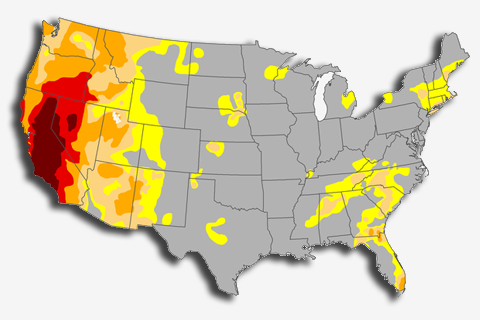
The June round of our “Climate Challenge” social media game pitted experts against players to answer the following question: What percent area of the United States will be in severe drought or worse in June 2015?
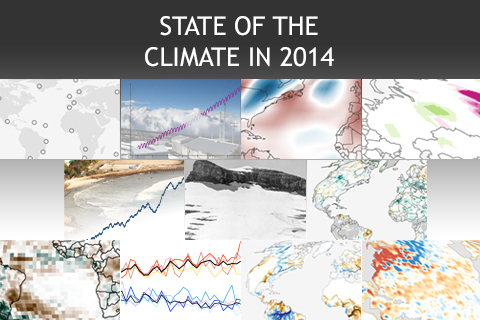
In 2014, the most essential indicators of Earth's changing climate continued to reflect trends of a warming planet, with several setting new records. Here are NOAA Climate.gov's highlights from the State of the Climate in 2014 report released online today by the American Meteorological Society (AMS).
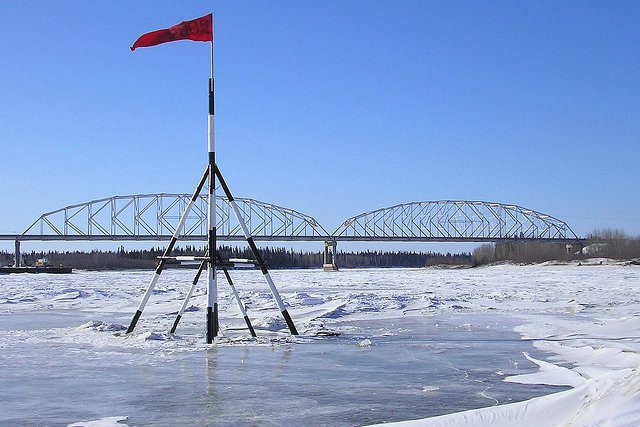
While many of us were wrapped up in March Madness this spring, Alaska residents and people across the globe participated in a different kind of competition.

In addition to its primary mission of observing space weather, the Deep Space Climate Observatory (DSCOVR) satellite is carrying two instruments that are important to climate science: the NISTAR radiometer and the EPIC camera.
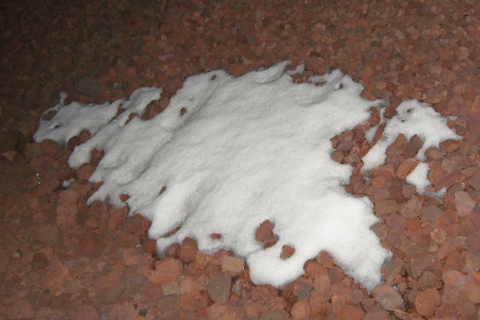
Thanks to back-to-back storms over the last month, most of the Midwest and North-Atlantic regions are covered by snow. But when was the last time there was snow on the ground in all fifty states—even our most tropical destinations, Florida and Hawaii?

Ocean scientists have designed a new aquatic robot that can go where they suspect some of the heat energy from global warming is hiding: in the abyss.
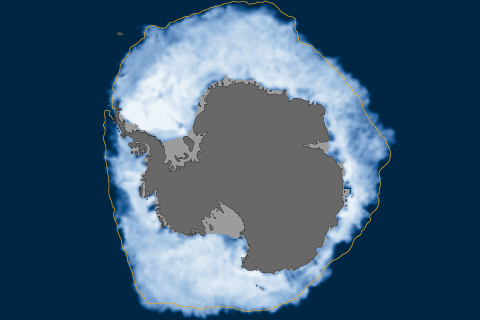
Antarctic sea ice extent set a new record high for daily extent on September 22, 2014. Climate scientists suspect the new record is linked to strong winds and melting ice shelves.
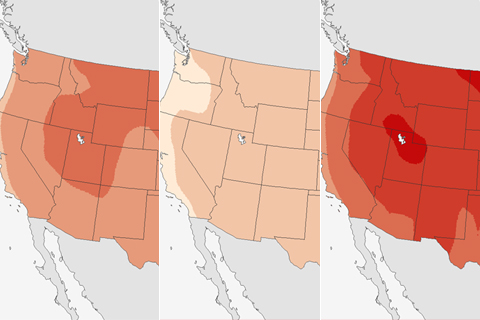
Despite uncertainties around future precipitation change, it is clear that as temperatures rise in Colorado, the state is expected to face significant challenges to managing water resources, according to a new report.
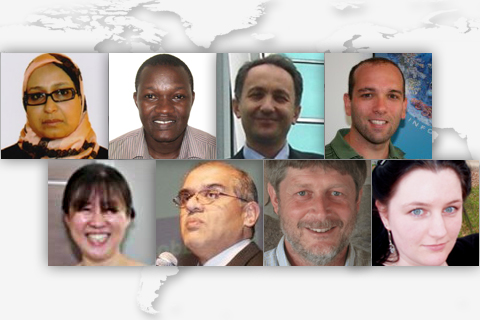
As the assessment now known as the BAMS State of the Climate report pushes into its third decade, international participation is at an all-time high. From atmospheric chemists to tropical meteorologists, more than 420 authors from institutions in 57 countries contributed to this year's report.